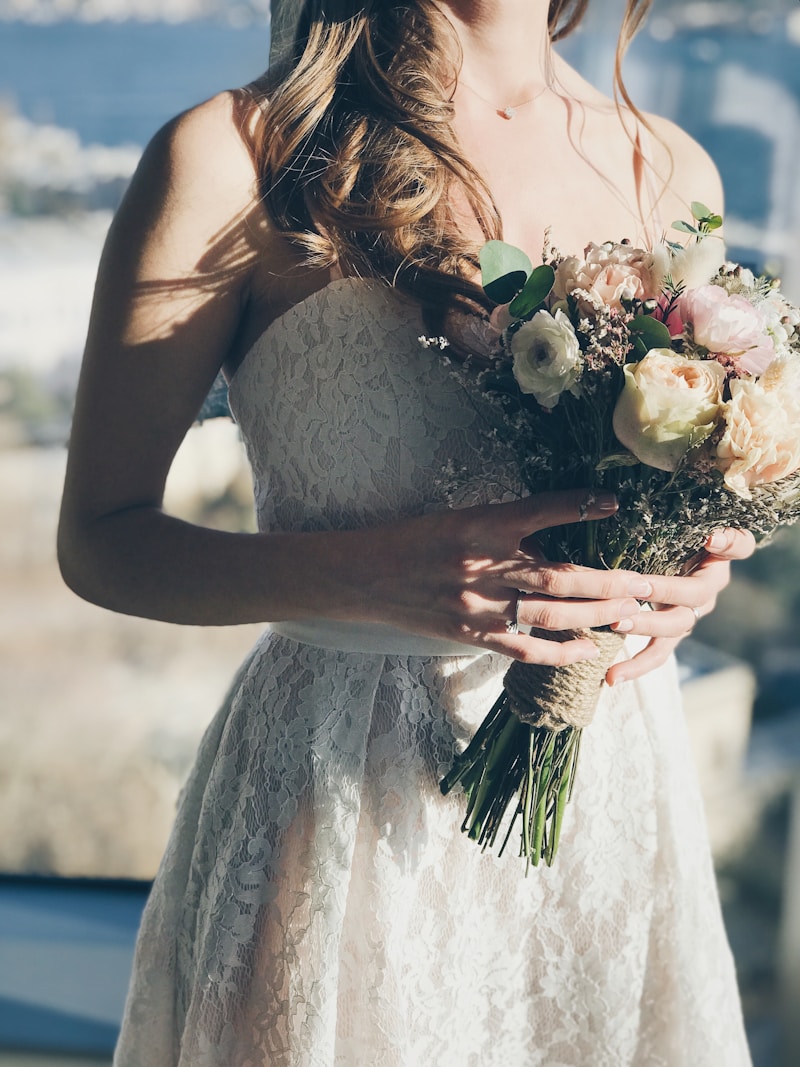Embracing Love in Diversity: The Rise of Hybrid Wedding Ceremonies
Understanding Hybrid Wedding Ceremonies
In a world where traditions often collide and intertwine, Hybrid Wedding Ceremonies have emerged as a delightful solution for couples seeking to celebrate their love in a way that honors diverse backgrounds and beliefs. This type of wedding combines elements from different cultural, religious, or personal traditions, allowing couples to create a unique ceremony that reflects their journey together. Whether you are a couple looking for inspiration or someone interested in how these ceremonies are conducted, this article will delve into the various aspects of Hybrid Wedding Ceremonies.
What is a Hybrid Wedding Ceremony?
A Hybrid Wedding Ceremony can be defined as a fusion of two or more wedding traditions, tailored to meet the expectations and values of both partners. For instance, a couple might incorporate Jewish and Hindu rituals in their ceremony, or blend Western wedding practices with traditional ceremonies from Asia. The beauty of hybrid weddings lies in their ability to seamlessly merge various customs, allowing for a personalized experience that honors each partner's heritage.
Why Choose a Hybrid Wedding Ceremony?
The decision to have a hybrid wedding can arise from various motivations:
- Cultural Significance: Couples may wish to incorporate elements from their respective cultures to honor family traditions.
- Religious Beliefs: A hybrid aspect might help couples with different faiths find common ground in their ceremonies.
- Personalization: Hybrid weddings offer the opportunity for couples to craft a ceremony that is personally meaningful and unique.
- Inclusivity: They can be a way to blend families and accommodate diverse backgrounds, making everyone feel included.
Planning Your Hybrid Wedding Ceremony
Planning a hybrid wedding can be both exciting and challenging. Here are some essential considerations:
1. Communication is Key
The first step in planning is to have open discussions between partners regarding each other's expectations, traditions, and values. It’s important to communicate family preferences and special customs that matter most to both sides.
2. Research Traditions
Understanding the customs involved in respective cultures is crucial. This could involve research on rituals, attire, and significant symbols that can be integrated into the ceremony.
3. Hire a Versatile Officiant
A knowledgeable officiant can help blend different elements harmoniously. Some officiants specialize in multicultural ceremonies and can provide valuable insights and guidance throughout the planning process.
4. Personalize the Ceremony
Incorporate your love story by including readings, vows, and music that are meaningful to both partners. Consider family members' involvement in rituals that reflect their traditions.
5. Create a Flexible Agenda
A hybrid wedding may involve various segments from different cultures, which can result in a longer ceremony. Creating a flexible agenda with allocated times for each part will help maintain flow while respecting each tradition.
| Key Elements to Consider | Cultural Aspect | Importance |
| Vows | Incorporating vows from both traditions | Personal commitment |
| Rituals | Lighting a unity candle or tying the knot | Symbolizing the union |
| Music | Choosing songs that resonate with both cultures | Setting the ambiance |
| Attire | Wearing clothing that represents both backgrounds | Reflecting heritage |
Popular Elements in Hybrid Wedding Ceremonies
Hybrid weddings can include an array of beautiful traditions:
Unity Rituals
Unity rituals, such as the handfasting ceremony or sand blending, symbolize the couple’s bond. These can be tailored to reflect the cultural heritages of both partners.
Traditional Attire
Couples often wear outfits that represent their cultures. For instance, a bride might wear a traditional gown from her culture while the groom opts for formal wear that reflects his heritage.
Mixed Music and Readings
Including readings from different cultures or selecting songs that reflect both partners’ backgrounds can provide a rich auditory experience.
Real-Life Examples of Hybrid Wedding Ceremonies
Many couples have embraced the hybrid wedding approach around the world. Here are a few inspiring examples:
- A couple with Italian and Indian backgrounds celebrated their love with a ceremony featuring a traditional Hindu Saptapadi (seven steps) intertwined with an Italian vow exchange.
- A South Korean and American couple included a traditional Korean Paebaek in their modern Western ceremony, symbolizing their families' blessings.
Tips for a Successful Hybrid Wedding Ceremony
To help ensure your hybrid wedding runs smoothly, consider the following tips:
- Rehearse: Organizing a rehearsal will allow all participants to understand their roles and the flow of the ceremony.
- Involve Families: Encourage both families to participate actively in the planning process to build a sense of inclusivity and respect.
- Consider Decor: Utilize decorations that represent both cultures; this could involve using specific colors, symbols, or traditional crafts.
Conclusion: The Beauty of Hybrid Wedding Ceremonies
Hybrid Wedding Ceremonies are a powerful testament to love's ability to transcend boundaries. They allow couples to celebrate their union authentically while honoring their respective heritages. As you embark on planning such a ceremony, remember the importance of communication, flexibility, and celebrating individuality within your shared love story. By doing so, your hybrid wedding will not only showcase the beauty of your diverse backgrounds but will also create cherished memories for both you and your families. Embrace the journey ahead and make your day as unique as the love you share.
